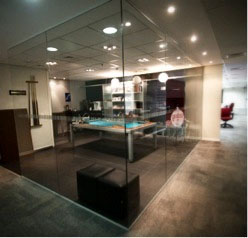Volvo Cars Move Towards Crash-Free Future
Volvo Car Group introduces its Scalable Product Architecture (SPA). The new architecture will take the company towards its aim that by 2020, no one should be killed or seriously injured in a new Volvo.
Recent independent data from STRADA (Swedish Traffic Accident Data Acquisition) show that modern Volvos have close to 60 per cent lower injury rates compared to the average modern vehicle in Sweden, which in turn has one of the lowest injury rates in the world, according to Volvo.
The new SPA architecture enables significant improvements both when it comes to offering protection in worst-case scenarios and when creating features that support the driver in avoiding accidents.
“We retain our uncompromising attitude to offering superior crash protection,” says Jan Ivarsson, senior manager, Safety Strategy and Requirements at Volvo Car Group.
[ Also Read: Technology to Help Volvo Cars Avoid Accidents ]
In cars built on the new SPA architecture, the smart belt pre-tension systems increase the retention of the occupants before and during a collision.
For example, the rearward-facing radar is used to detect a rear impact, allowing the safety belts to be tightened in advance in order to keep the occupants in place.
[ Also Read: Can We Hope to See Crash-Proof Cars by 2020? ]
Camera, radar and sensor technologies are extended to detect more objects around the car and to offer support at higher speeds and in more situations, such as at crossings.
The new features also include detection and auto brake for large animals and pedestrians when driving in the dark.
The sensors used by the collision-avoiding solutions are also part of the extended range of features to make the drive more comfortable.
This includes Adaptive Cruise Control with steer assist, introduced in the upcoming all-new XC90. The car automatically follows the vehicle ahead in queues. The Scalable Product Architecture is also designed to accommodate the implementation of autonomous technologies.
The new architecture includes an electrical architecture, which is designed to make it easy to add sophisticated functions and rapidly implement new technology in fast-moving areas such as microprocessor, sensor and camera technology.












